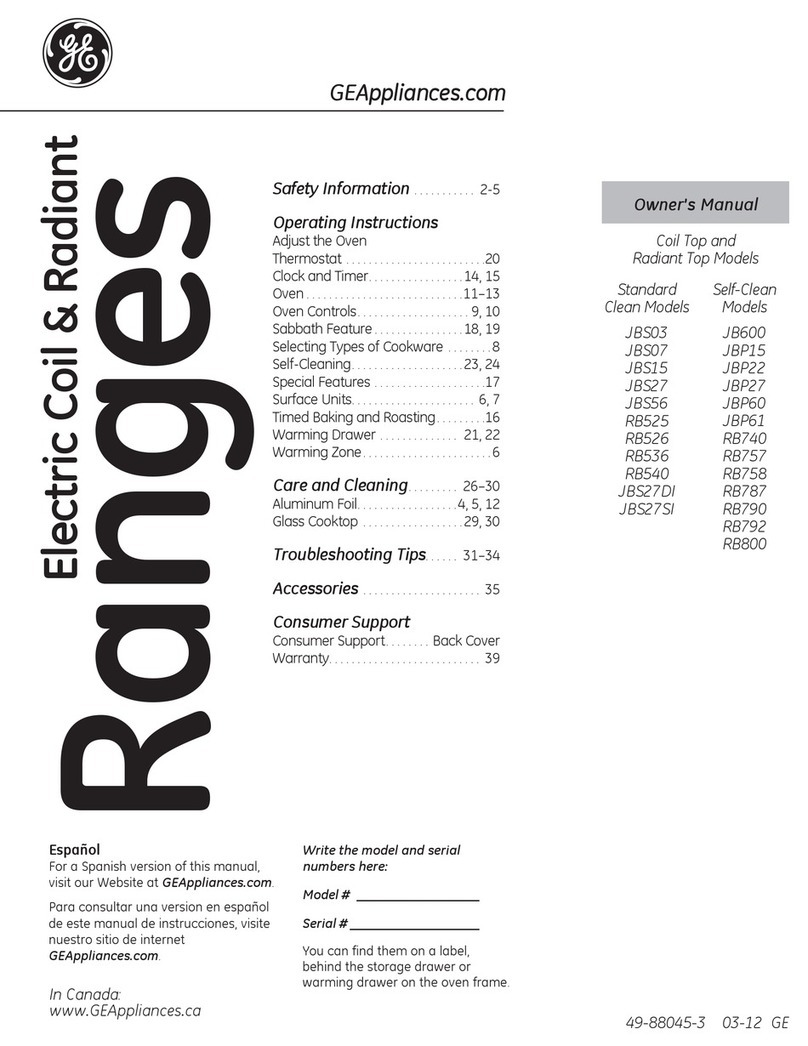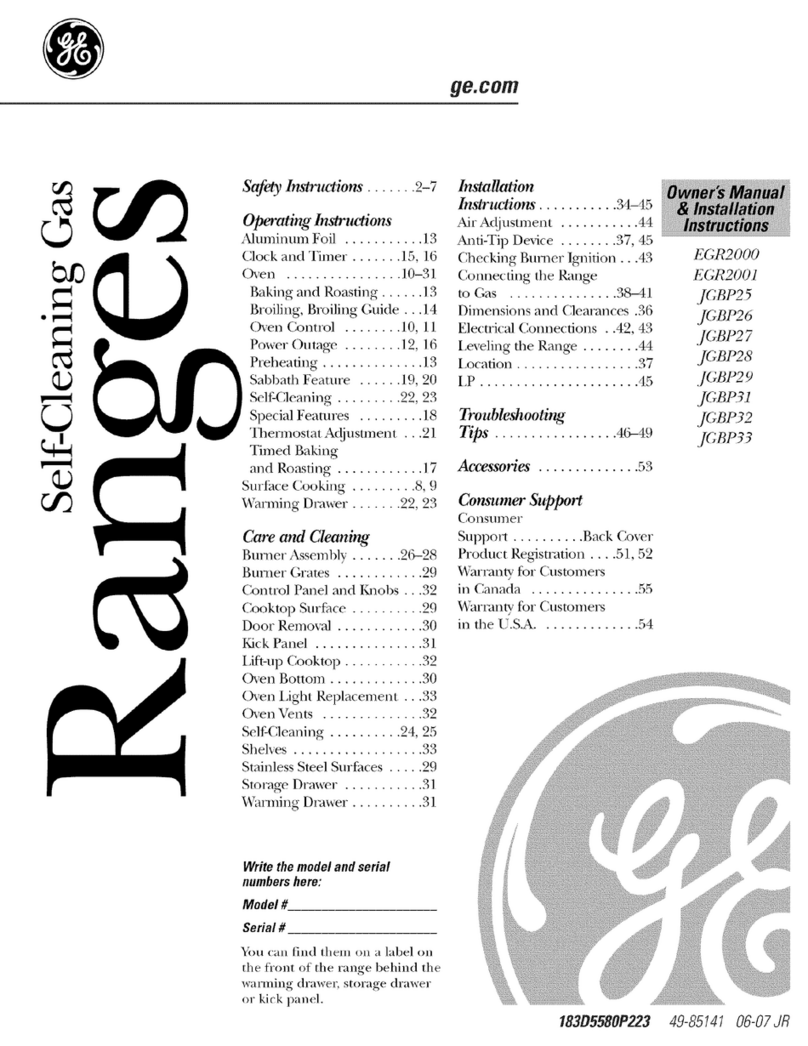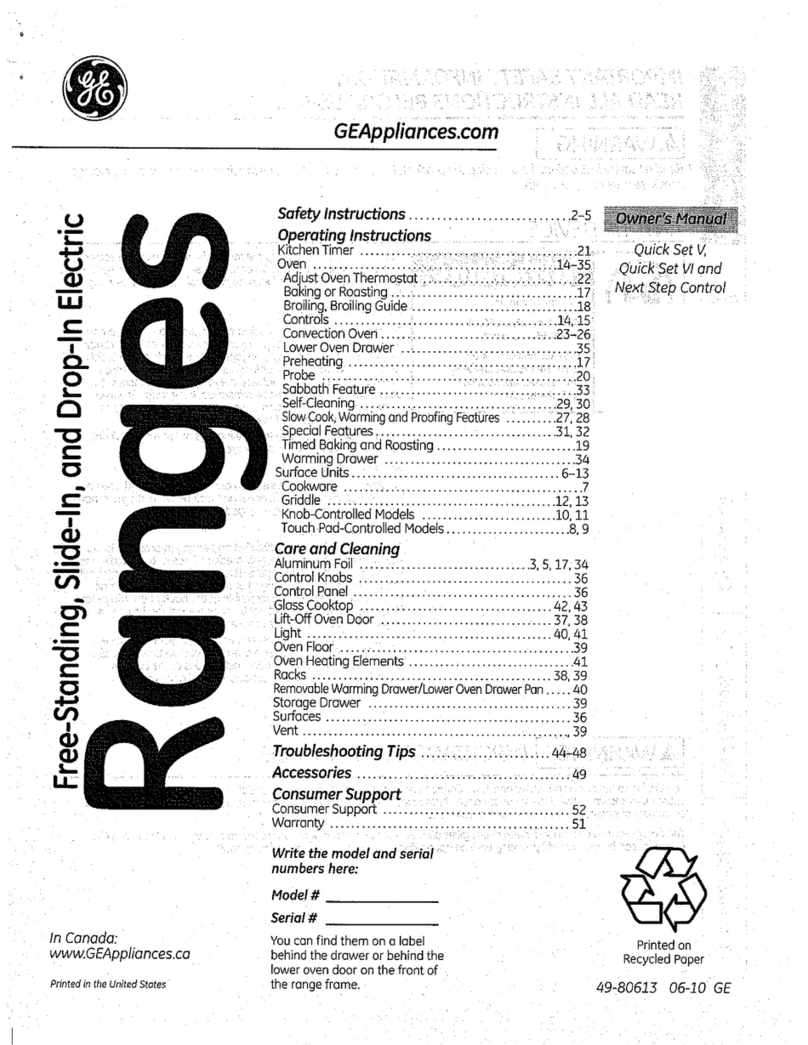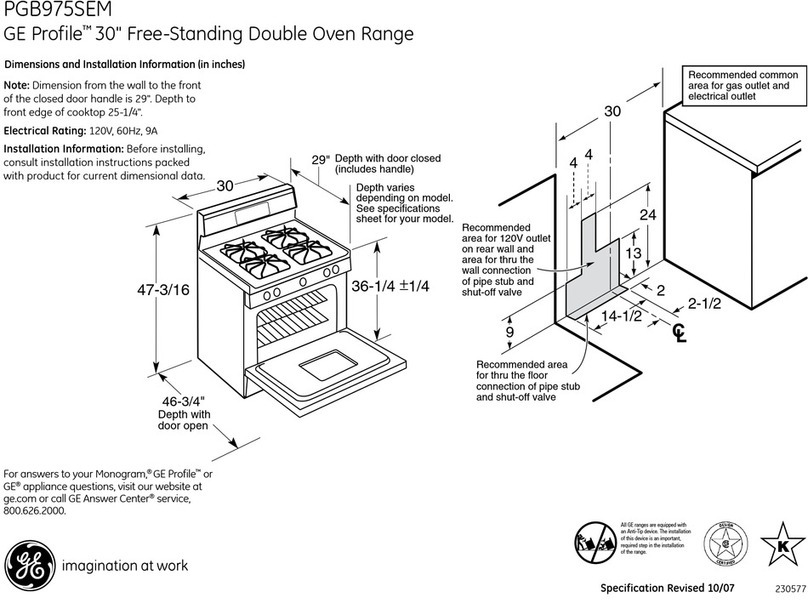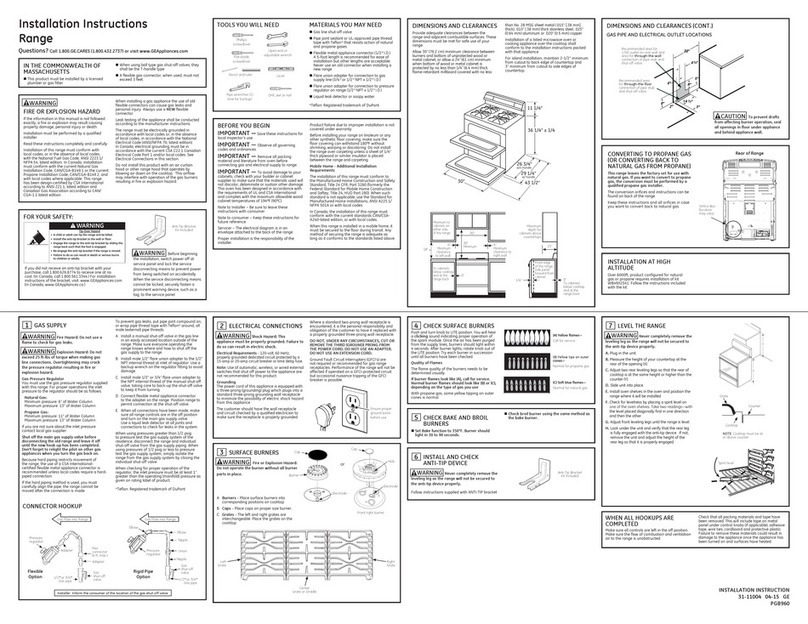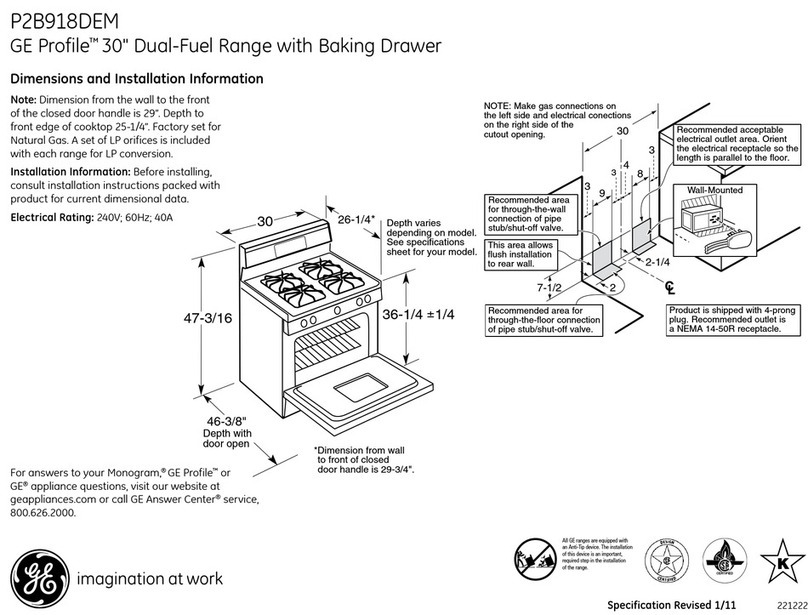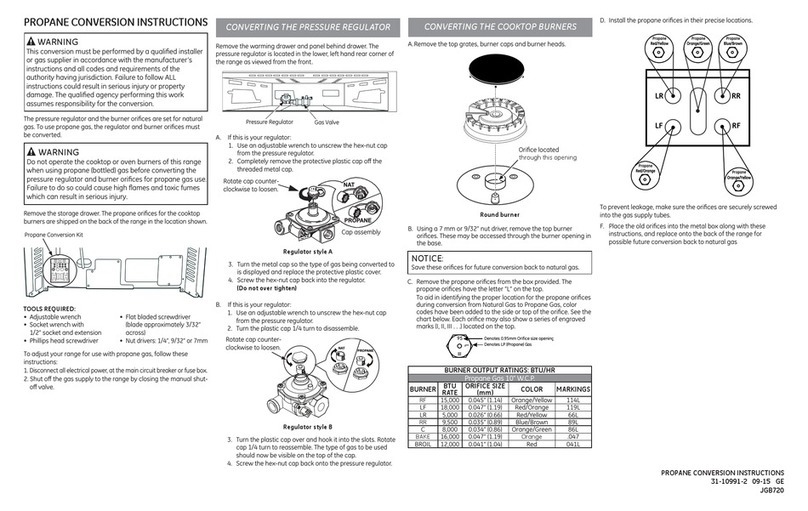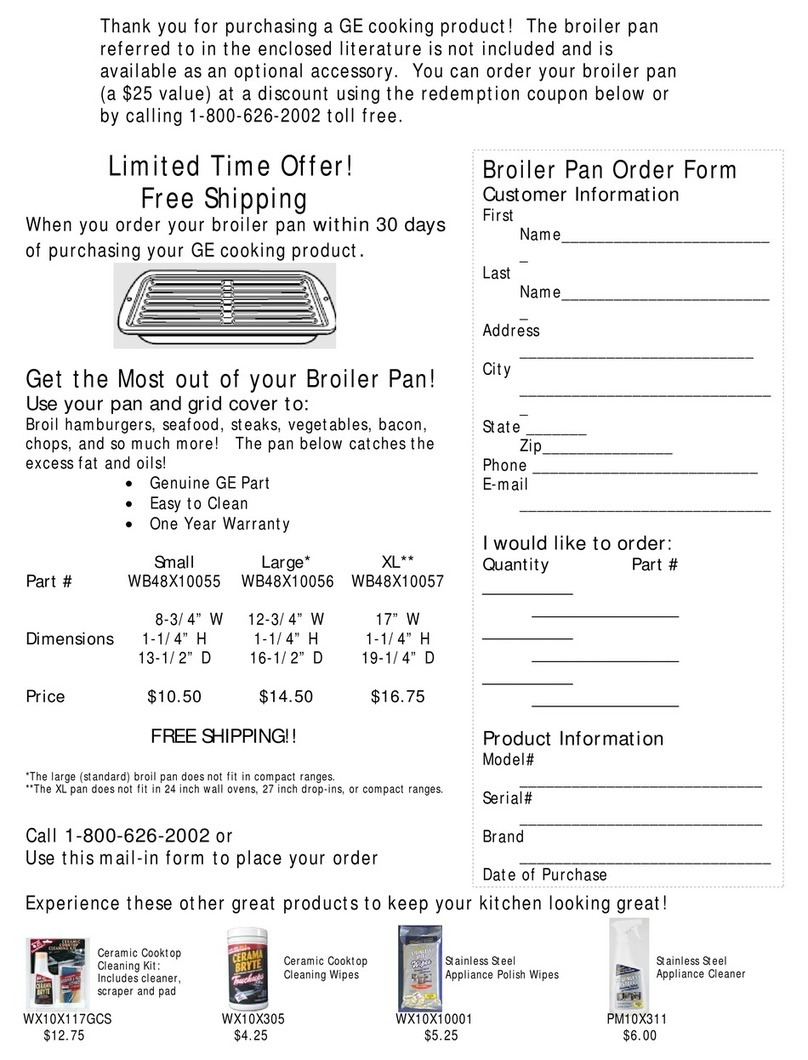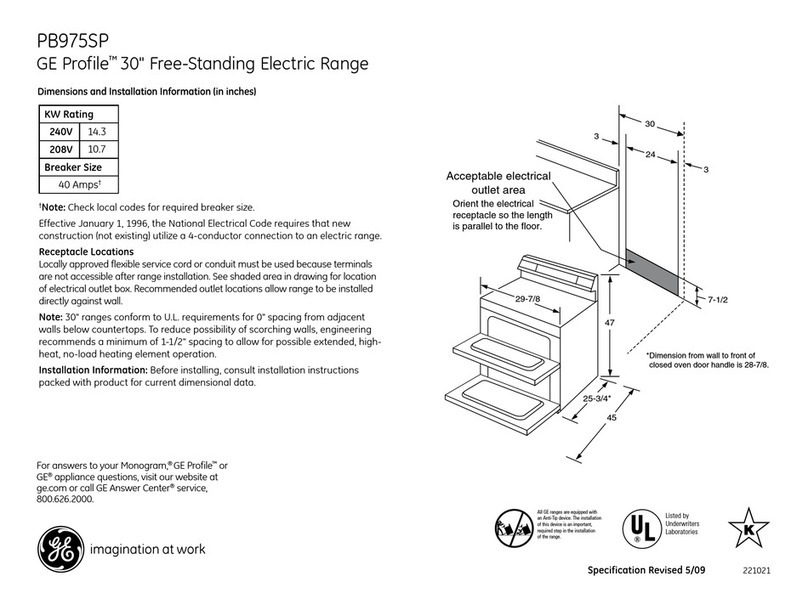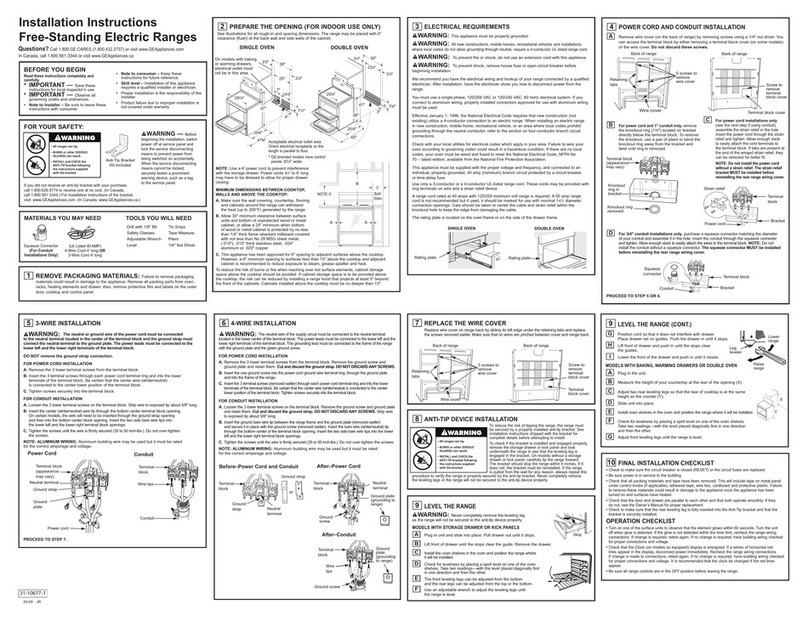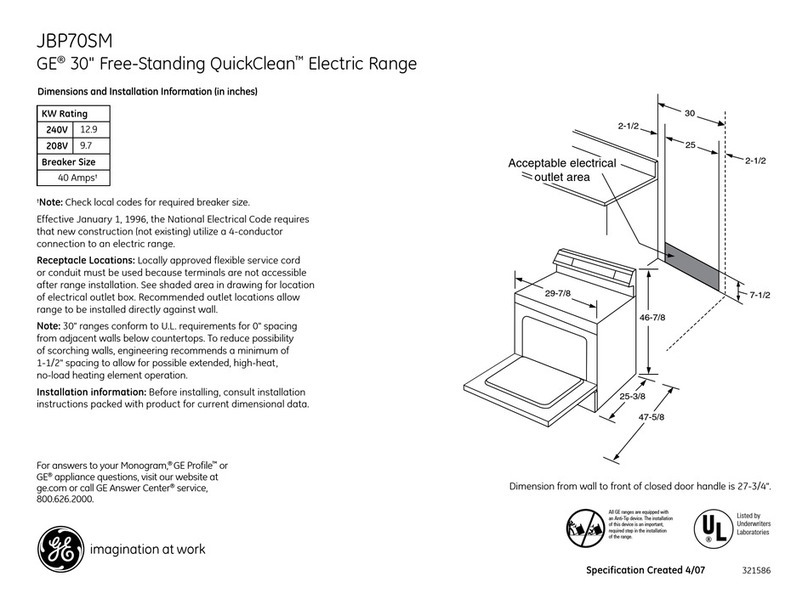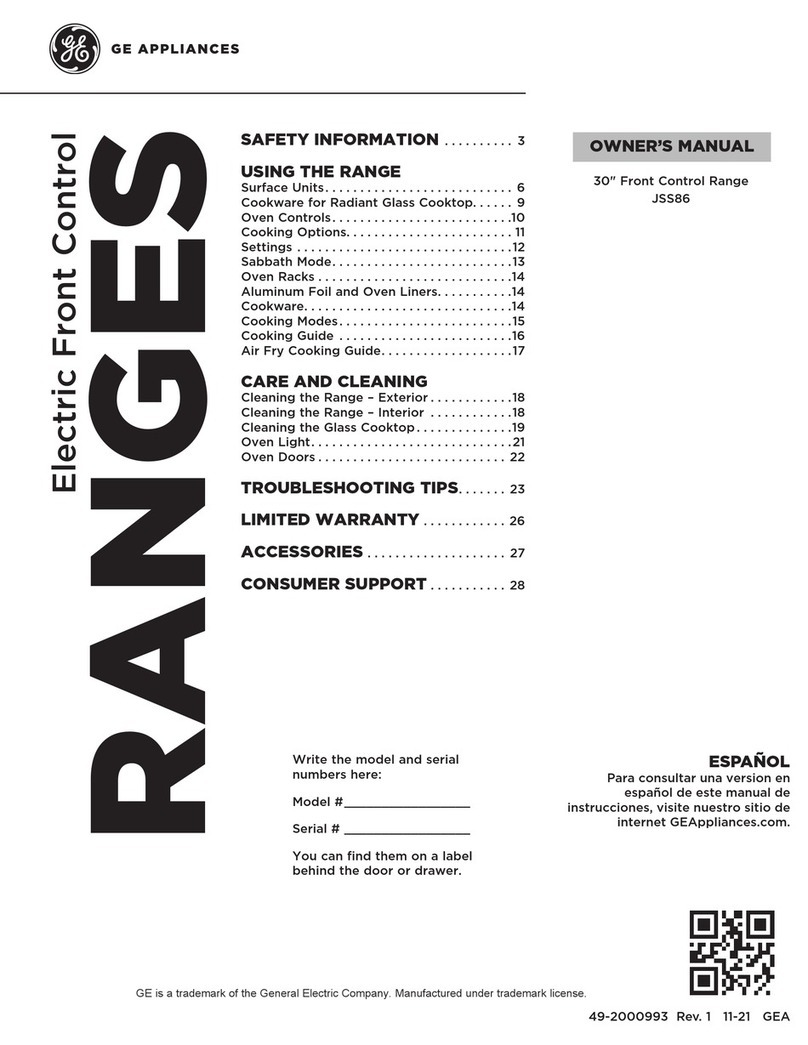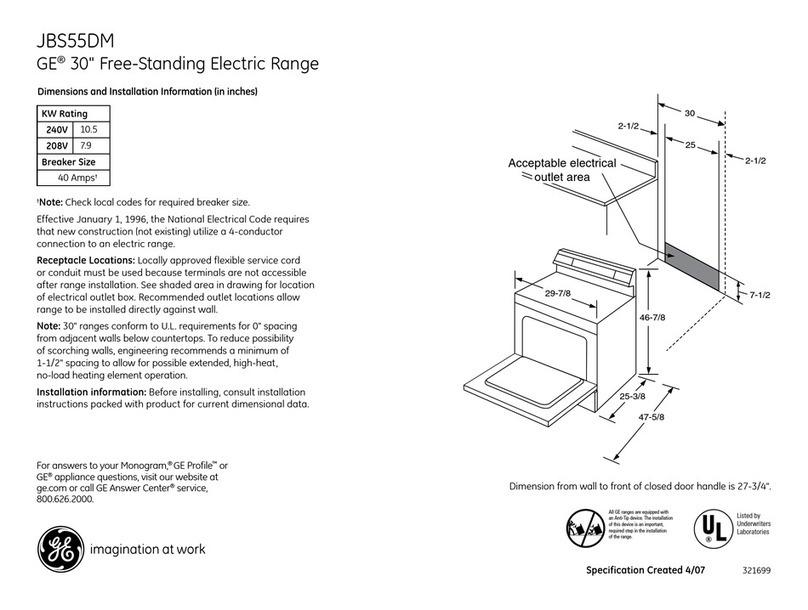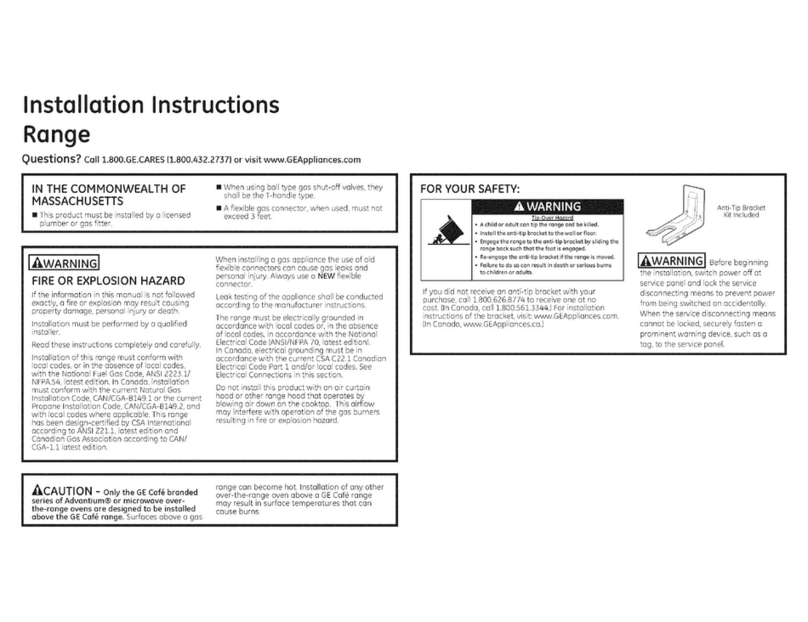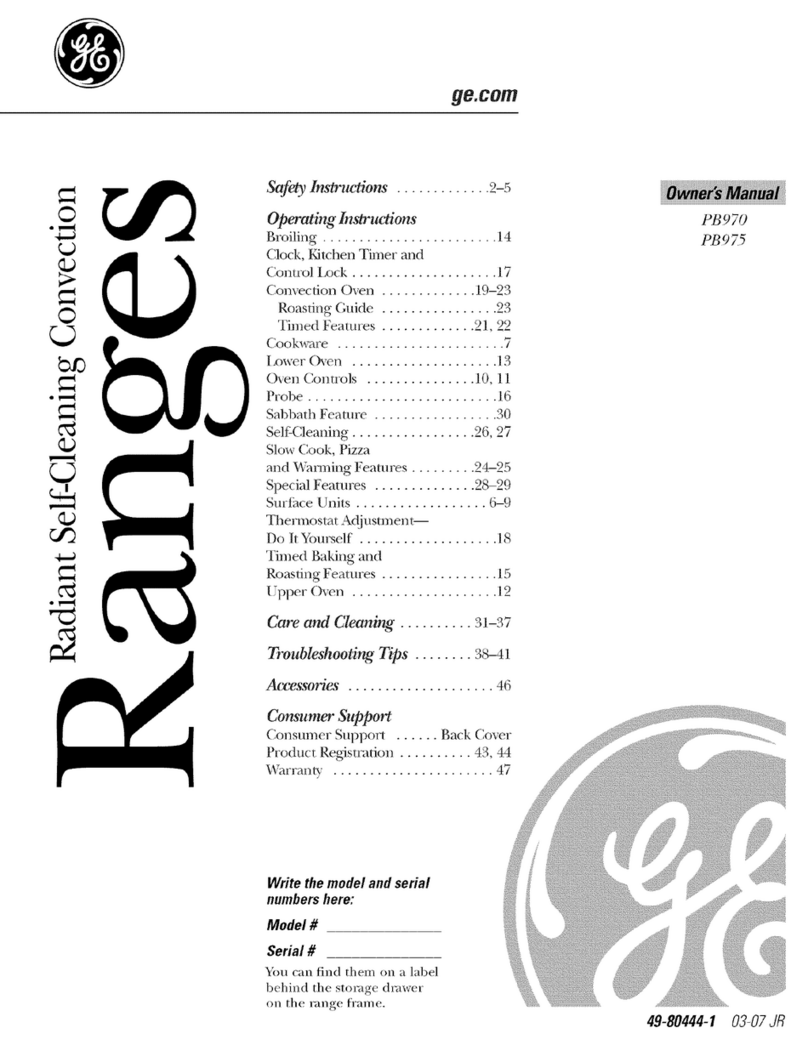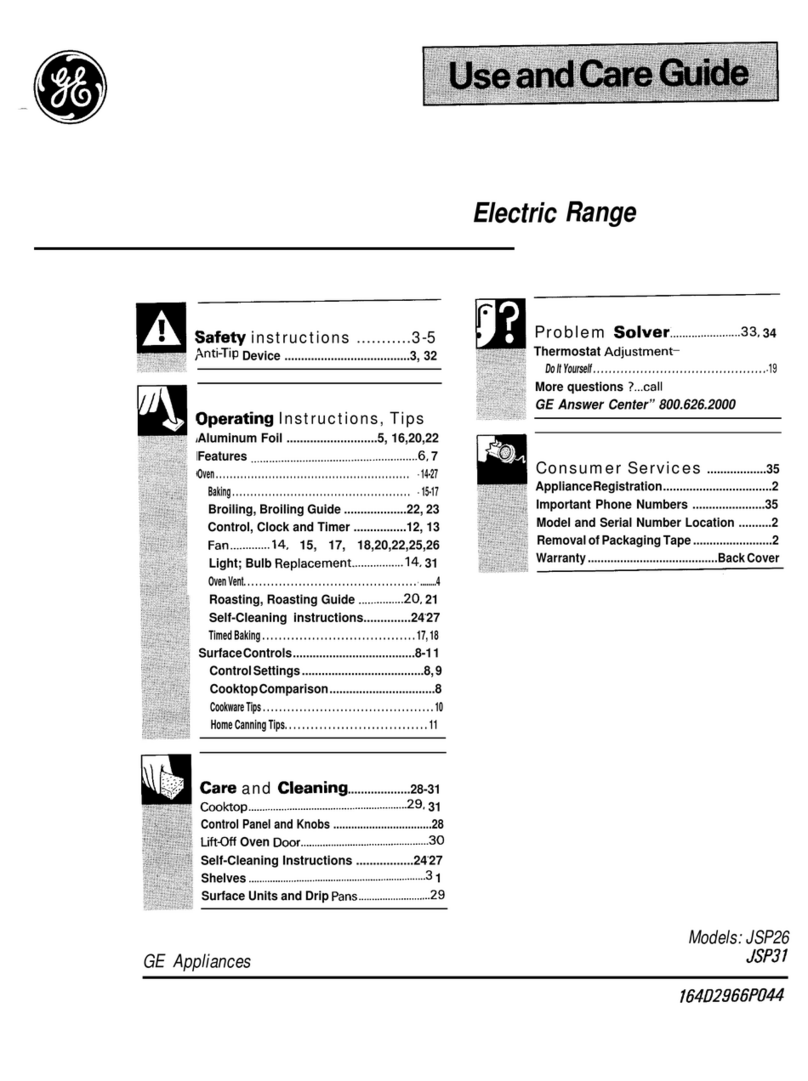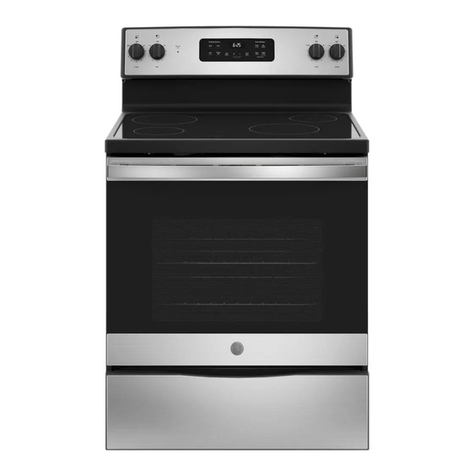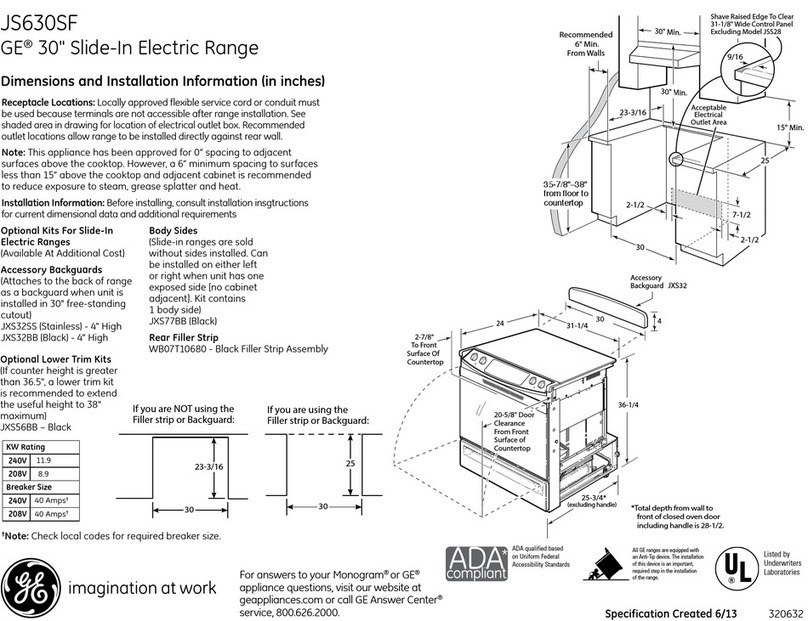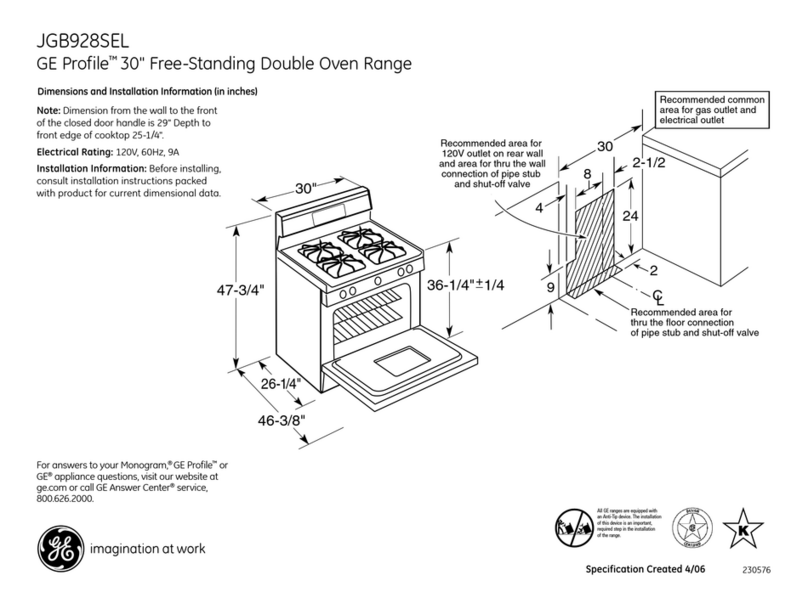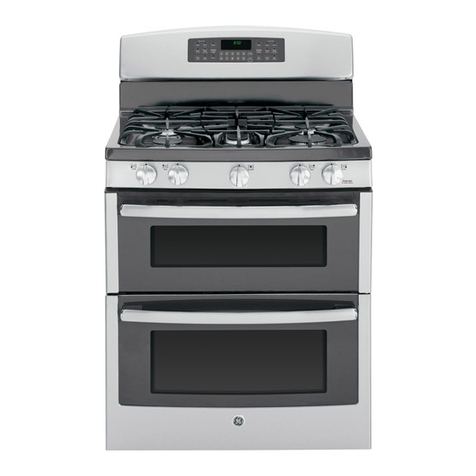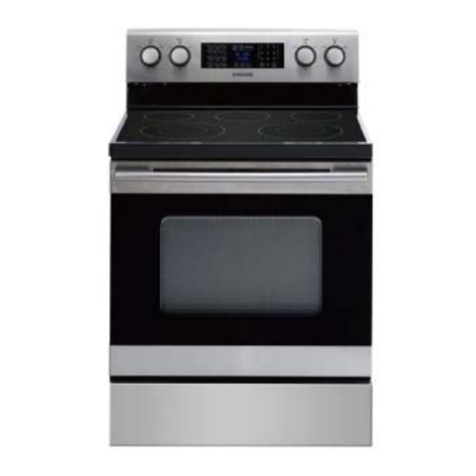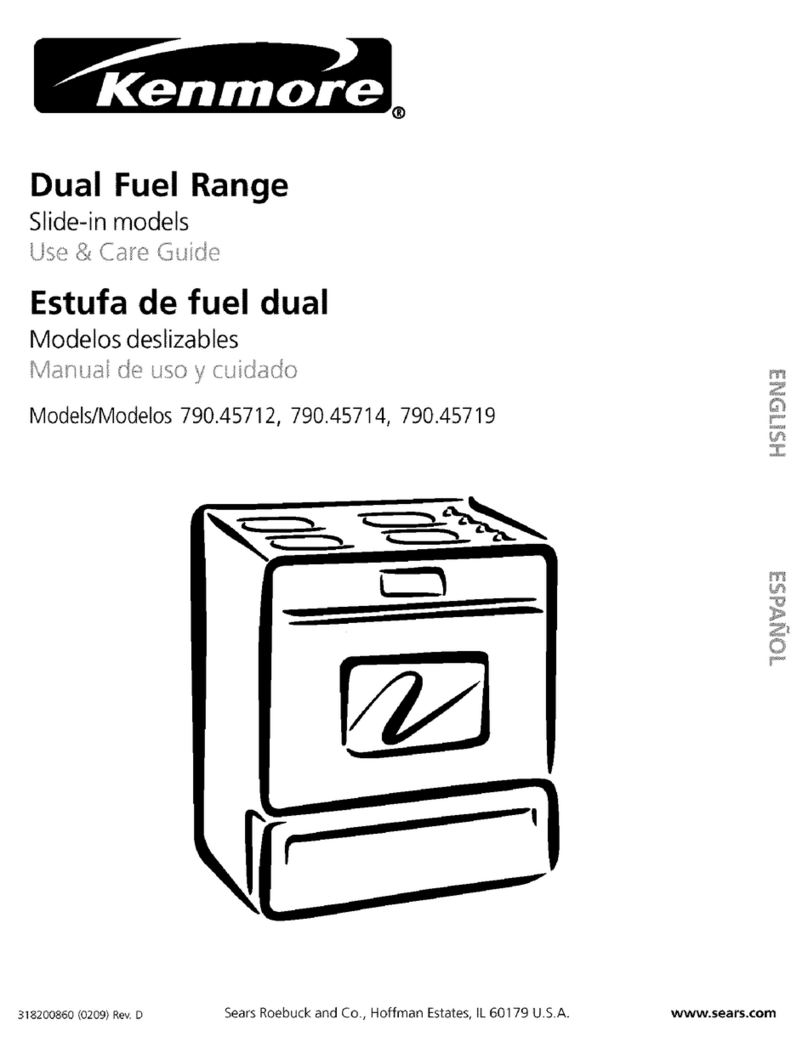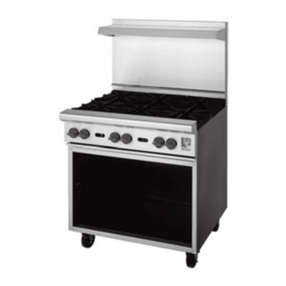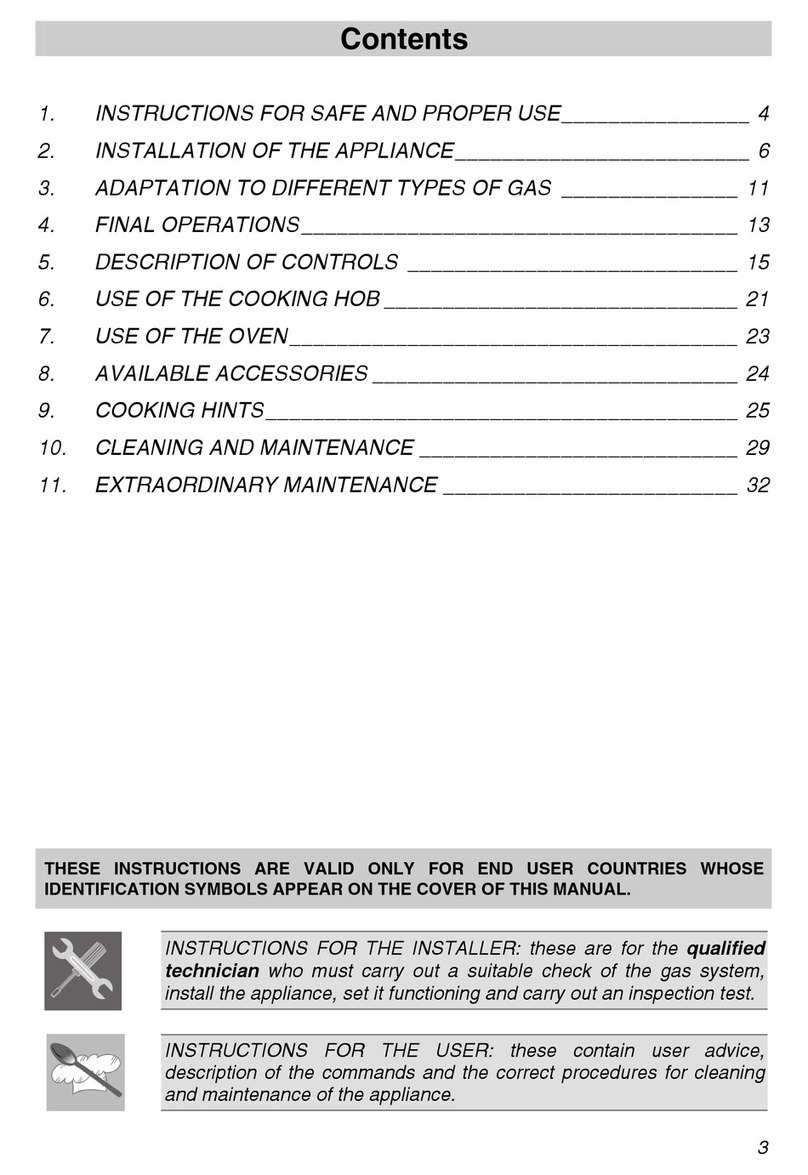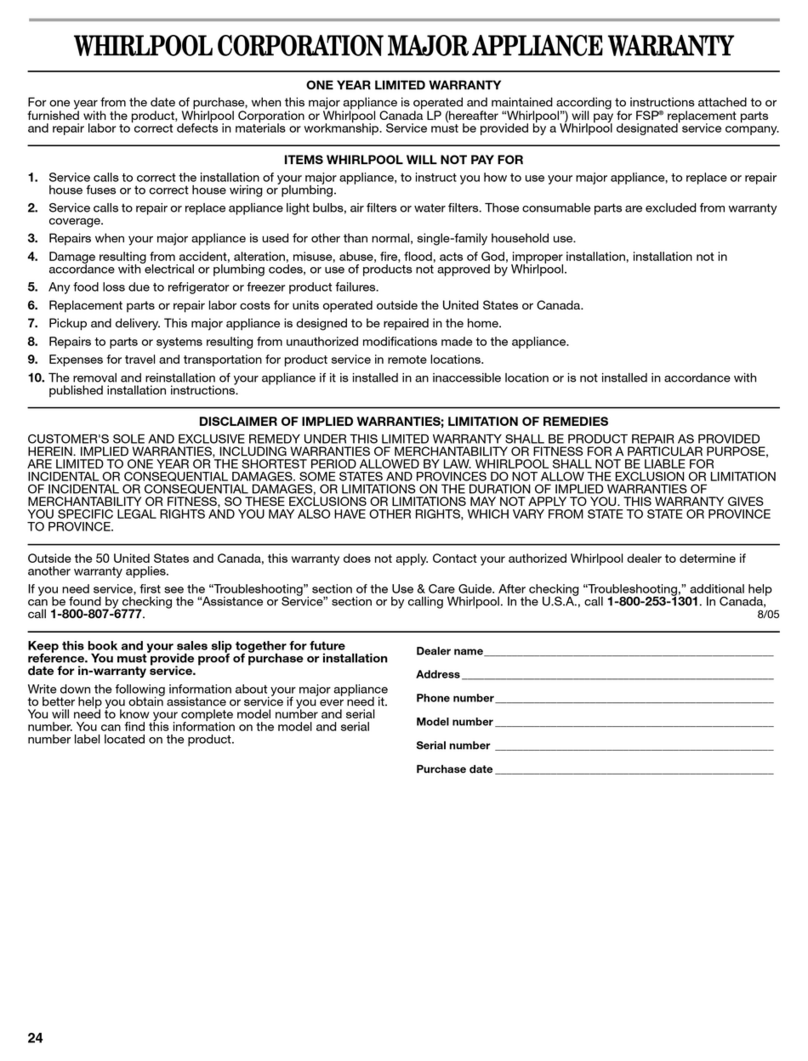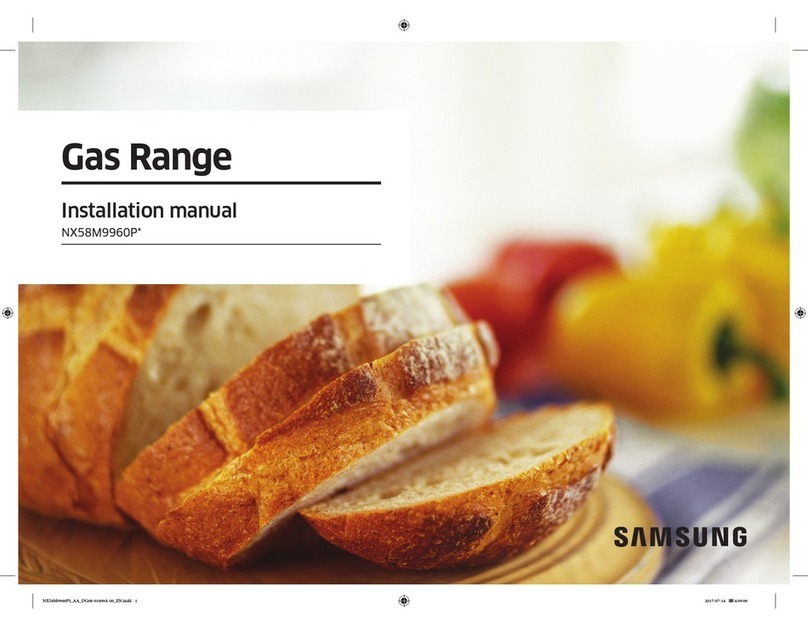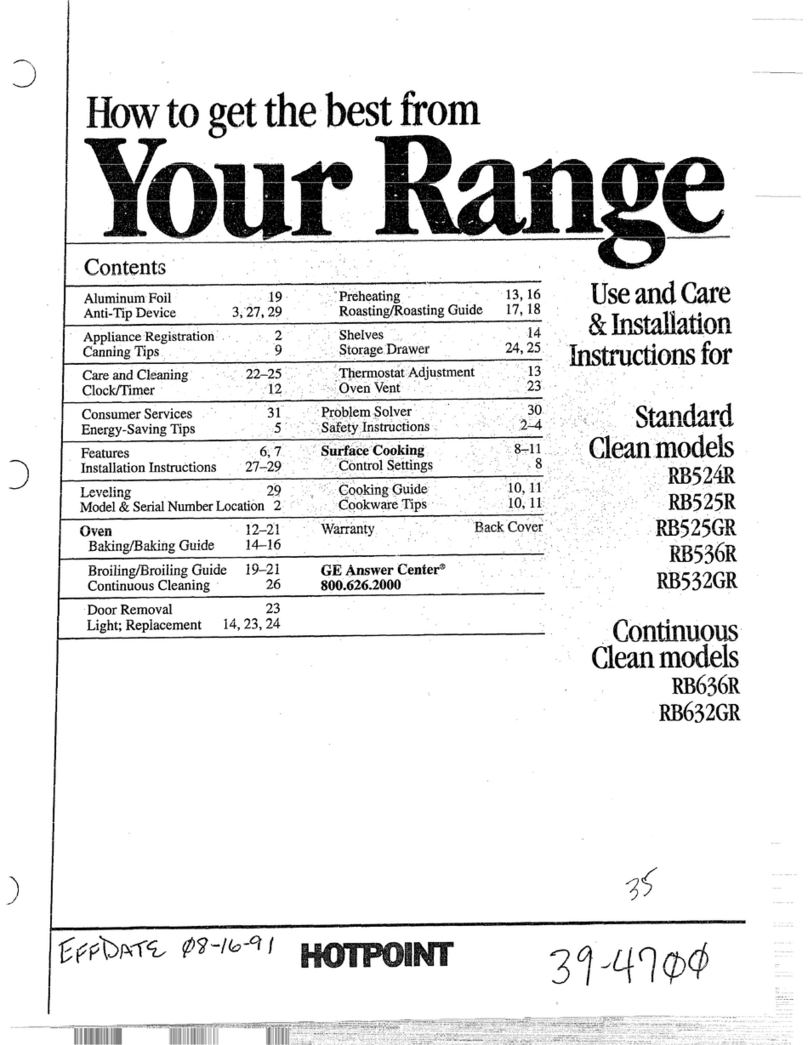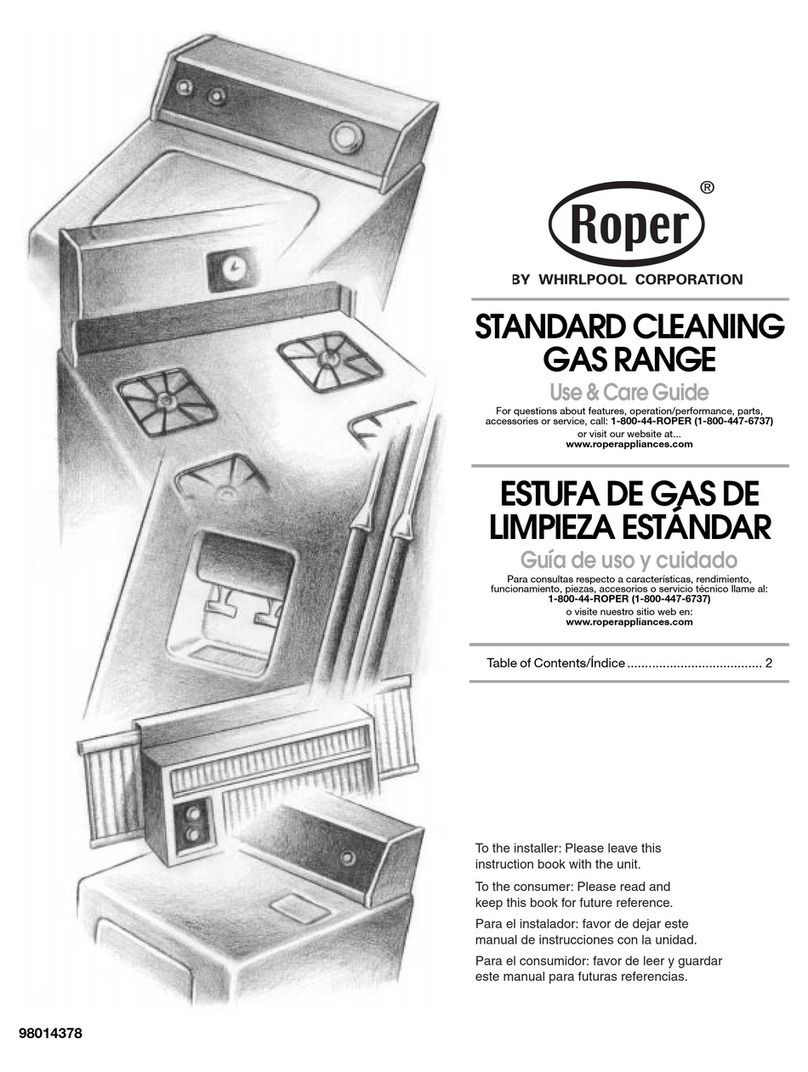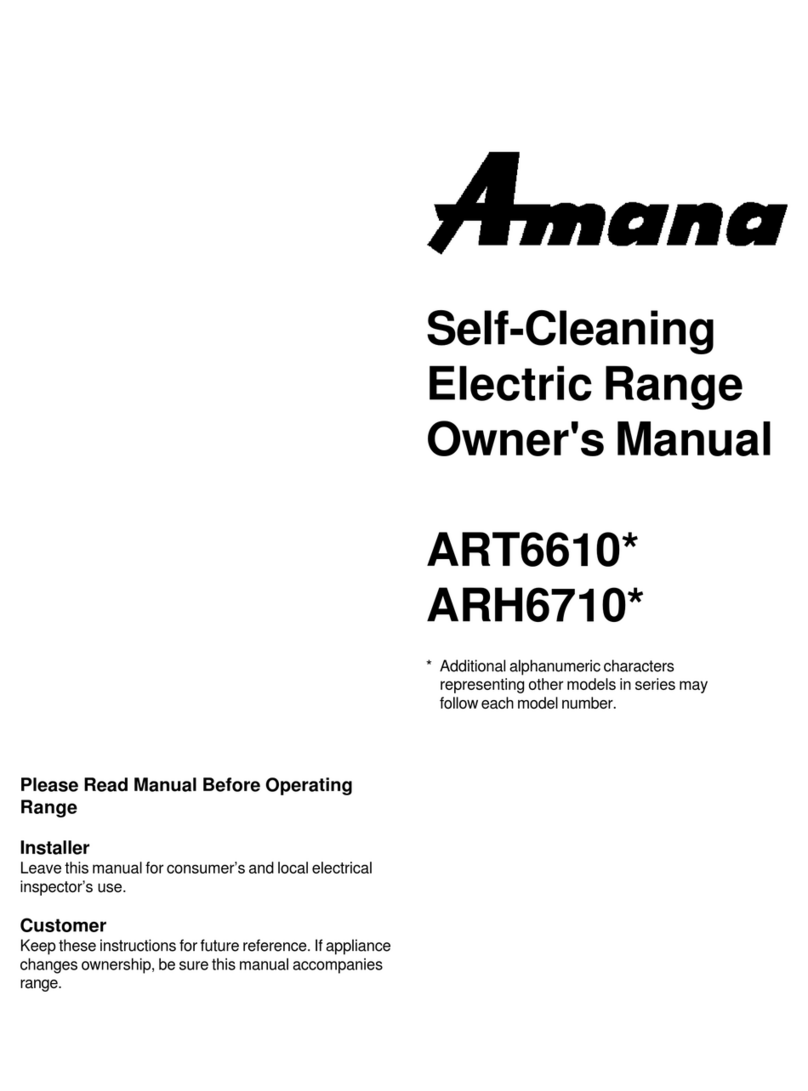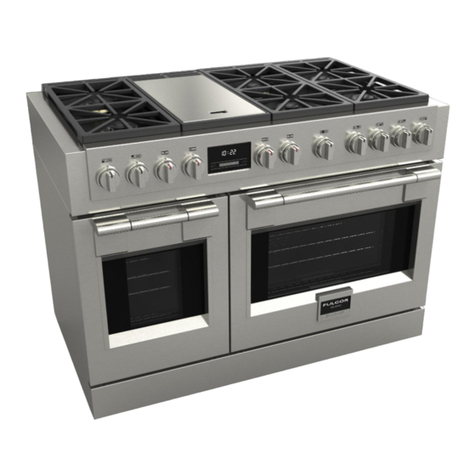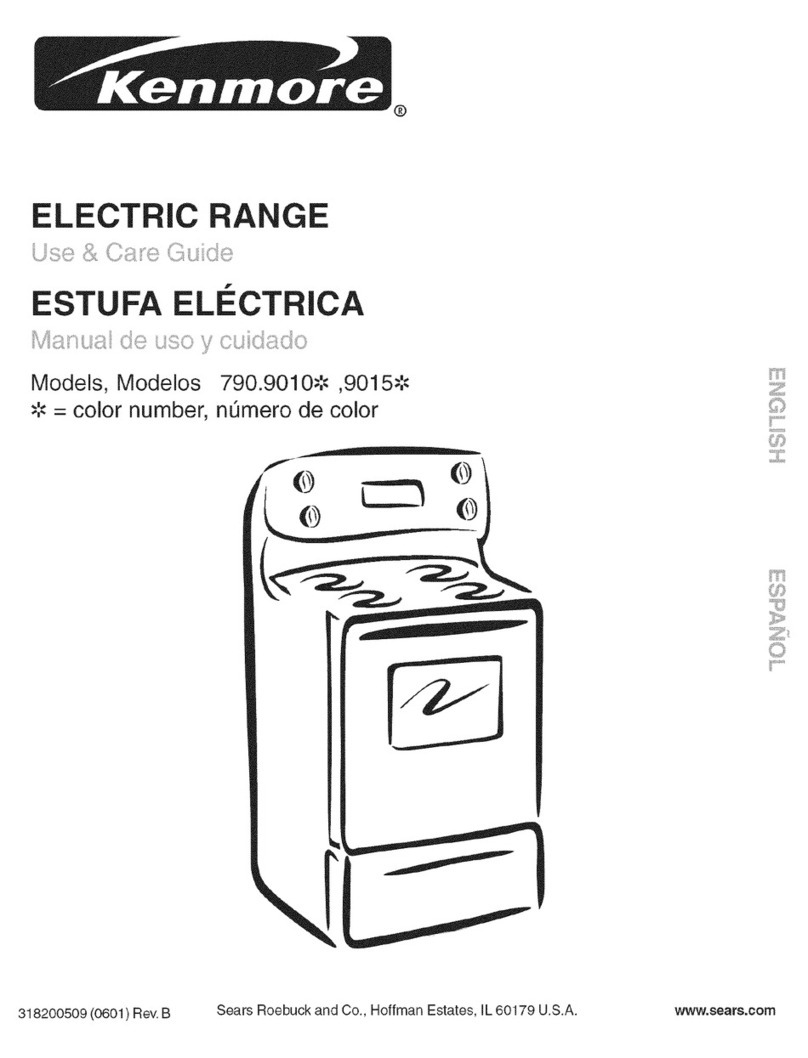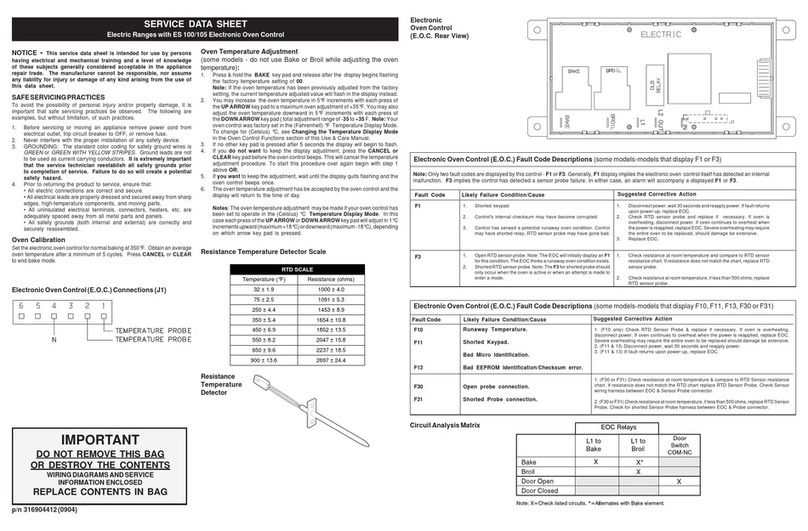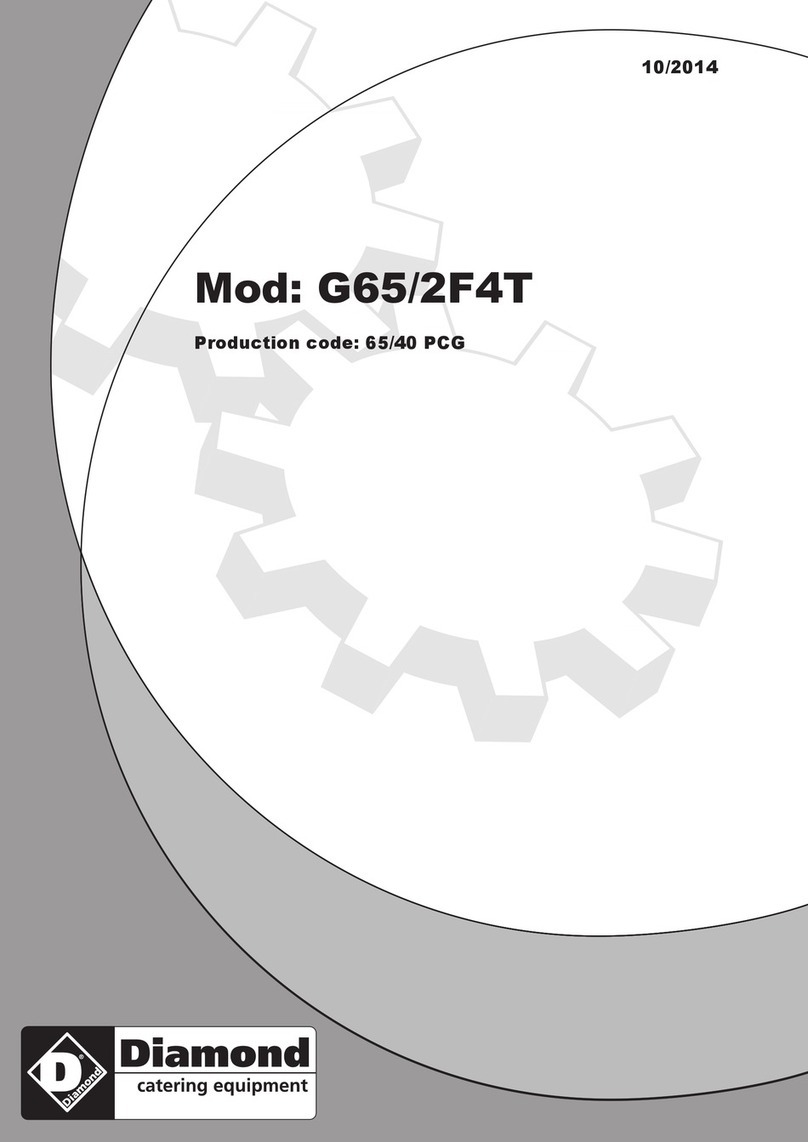Ii!YiPORTi!iiiTS?KFBTYIN!!5TRUCTIONS(continued)
Read all instructions before using this appliance.
cDo notstore flammable
materials in an ovenor near
the cooktop.
sDo not let cooking grease
or other flammable materials
accumulatein or neartherange.
Surface Cooking
●Alwaysuse the LITE position
vthenigniting top burners and
makesurethe burnershaveignited.
.Never leave surface burners
unattendedat HIGH flame
settings. Boilovercauses
smoking and greasy spillovers
that maycatch on fire.
QAdjusttop burner flame size
so it doesnot extendbeyondthe
edge of the cooking utensil.
Excessiveflame is hazardous.
cUseonly dry potholders—
moist or damp potholders on hot
surfaces may result in burns from
steam. Do not letpotholderscome
near open flames when lifiing
utensils. Do not use atowel or other
bulky cloth in place of apotholder.
●Toavoidburns, ignition of
flammable materials, and spillage,
turn the cookware handle toward
the side or back of the range
without extending over adjacent
burner.
●Alwaysturn surface burner to
OFF beforeremovingutensil.
●Carefullywatchfoodsbeing
fried at HIGH flame setting.
.Neverblock the vents(air
openings)of the range. They
providethe air inlet and outlet
which is necessary for the range
to operate properly with correct
combustion.
●Do not use awokon the
cookingsurfaceif the wokhas a
roundmetal ring which is
placedoverthe burner grateto
supportthe wok. This ring acts
as aheat trap which maydamage
the burner grate and burner head.
Also, it may cause the burner to
work improperly. This maycause
acarbon monoxidelevel above
that allowedbycurrent standards,
resulting in ahealth hazard.
●Foodsfor frying shouldbe as
dryas possible. Frost on frozen
foods or moisture on fresh foods
can cause hot fat to bubble up and
over sides of pan.
●Use least possibleamount of
fatfor effective shallowor deep-
fat frying. Filling the pan too full
of fatcan cause spilloverswhen
foodis added.
●If acombination of oils or
fatswill be usedin frying, stir
together beforeheating, or as
fatsmelt slowly.
●Alwaysheat fat slowly,and
watchas it heats.
●Use deep fatthermometer
wheneverpossibleto prevent
overheating fatbeyondthe
smoking point.
●Use proper pansize—Avoid
pans that are unstable or easily
tipped. Select utensils havingflat
bottoms large enough to properly
contain food avoidingboilovers
and spillovers, and large enough
to coverburner grate. This will
both savecleaning and prevent
hazardous accumulations of food,
since heavy spattering or spillovers
left on range can ignite. Use pans
with handles that can be easily
grasped and remain cool.
●Use only glasscookwarethat
is recommendedfor use on gas
burners.
cKeepall pIasticsawayfrom
topburners.
.Toavoidthe possibility of a
burn, alwaysbe certain thatthe
controls for all burnersareat
OFF position andall gratesare
cool beforeattemptingto
removethe grate.
.When flaming foods under
the hood, turnthe fan off. The
fan, if operating, may spread
the flame.
cIf range is located near a
window,do not use long curtains
which could blowover the top
burners and create afire hazard.
cIf yousmell gas, turn off the
gas to the range and call aqualified
service technician. Never use an
open flame to locate aleak.
sWhencooking pork, follow f
our directions exactly and always
cook the meat to at least 170°F.
This assures that, in the remote
possibility that trichina maybe
present in the meat, it will be
killedand meat will be safeto eat.
Baking, Broiling and
Roasting
●Do not use ovenfor astorage
area.
●Standaway from the range
when opening the door of ahot -“
oven.The hotair or steam
whichescapes can cause burns ‘
tohands, face and/or eyes.
●Keepovenfree from grease
buildup.
●place ovenshelves in desired
positionwhile ovenis cool.
●Pulling out shelf to theshelf
stopis aconveniencein lifting
heavyfoods. It is also a
